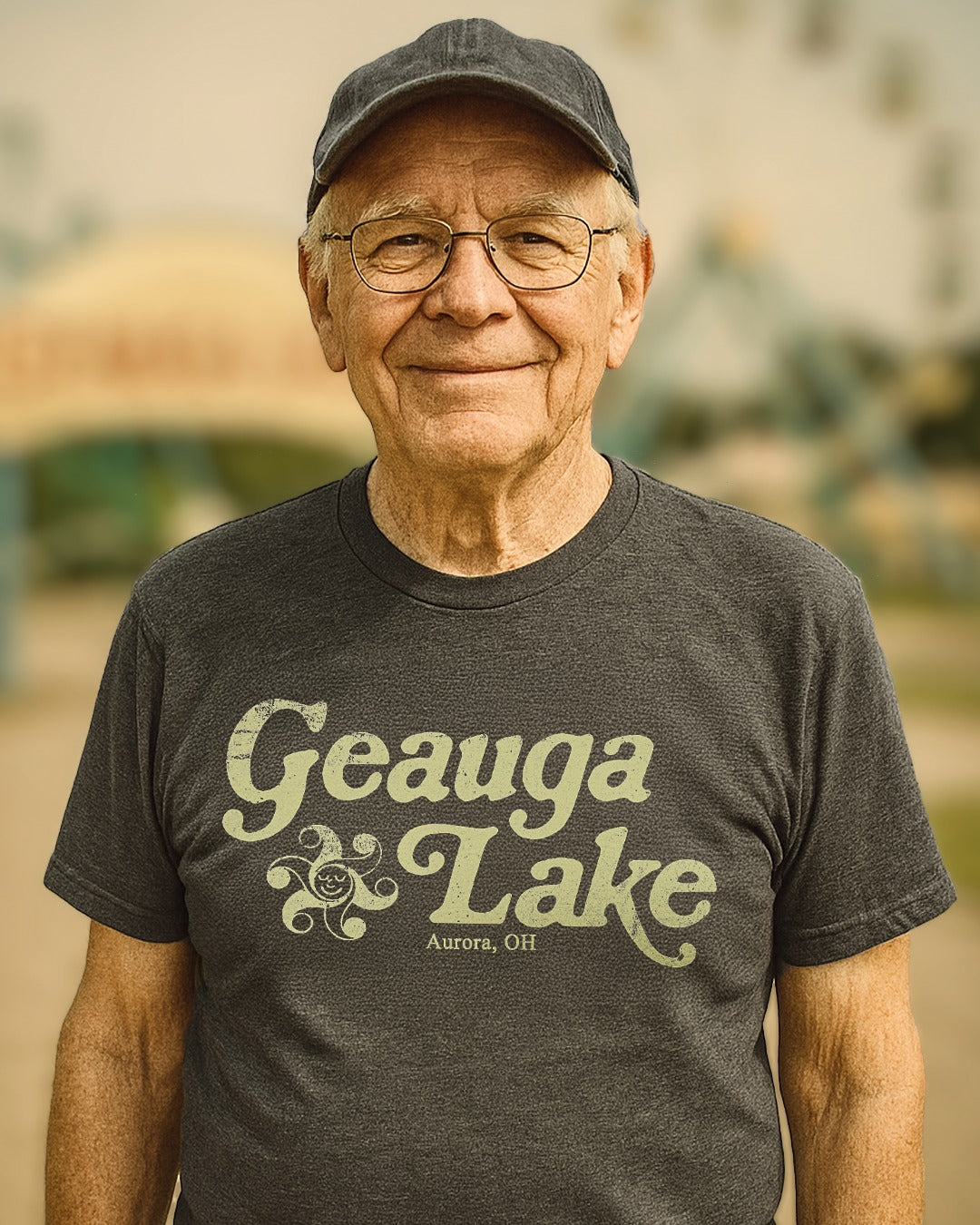In a previous blog post, we explored how the Kansas City A’s almost moved to Louisville in 1964. Well, a few years earlier, it seems, the National Football League (NFL) expressed interest in Louisville as a possible expansion market. Two existing teams seriously pondered moving there in 1956.
Louisville had a team in the National Football League from 1921 to 1923 called the Breckinridges or Brecks for short. A team called the Louisville Colonels played in the NFL in 1926, but they were a traveling club that was based in Chicago and did not play a single down in Kentucky. At that, they only played four games total before disbanding. Save for a minor league team that played for one season in the 1930s, that was it for pro football in Louisville until the 1950s when it looked like the city might get another team.
In 1956, Art Rooney, owner of the Pittsburgh Steelers, was upset with his team’s stadium situation. The Steelers leased Forbes Field from baseball’s Pirates, who owned the ballpark. They also had to staff and maintain the facility for their games and received no cut of the concessions or parking.
Meanwhile, officials with the Kentucky Fair and Exposition Center in Louisville were trying to woo an NFL team to the Bluegrass State. Their first target was the Washington Redskins. While tempted, the ‘Skins had to reject the offer as they still had four years to go on their lease at Griffith Stadium in the nation’s capital.
Rooney was approached next and offered the same package:
A 44,000-seat, covered stadium.
Parking for 27,000 vehicles and 20 percent of the parking revenue.
A guaranteed season ticket base of 25,000 for three years.
Six percent of gross gate receipts from other stadium events.
All concession revenue generated during the team’s home games.
Remember, these weren’t the Steelers most people think of when the franchise is mentioned. These Steelers were a mediocre lot on the field, making it to the .500 mark only two times in the 1950s, up to that point. They would finish the 1956 campaign at 6 and 6. Despite their uninspired play, they drew well for the time, averaging around 28,000 fans per game. Attendance dipped a bit late in the season, right around the time the offer from Kentucky was revealed in the local papers.
The Pittsburgh Press lamented that if Rooney took the deal, it would mean the end of pro football in the city with little chance of it returning. The paper also warned that even if Louisville was unsuccessful in its attempt to get the Steelers, other cities would surely make an offer, perhaps an even more lucrative one.
In the end, of course, Rooney kept the Steelers in what he called the “greatest sports town in America.” The team started playing more home games at the University of Pittsburgh’s stadium, while still occasionally using Forbes Field. In 1970, they moved to Three Rivers Stadium along with the Pirates. It was at this time the Steelers started making the playoffs and becoming the dominant franchise followers of pro football know today.
Louisville wasn’t done, however. A new football league announced in 1958, the International Football League, named Louisville as a potential market. However, the league never got off the ground. Lamar Hunt’s American Football League, which started in 1960, looked at a lot of cities before settling on its eight charter markets. Louisville was not one of them.
The NFL, on the other hand, was still interested in Louisville. An Associated Press story from October 16, 1959 reports the NFL’s expansion plans and lists Boston, Dallas, and Houston as likely candidates for new teams, with Miami, Buffalo, and Louisville also under consideration. All of those cities, except Louisville, wound up with teams that are now in the NFL.
In 1965, both the AFL and NFL were talking about adding more teams. Only this time, it was the AFL that had Louisville on the expansion list, while the NFL did not.
It’s not clear why Louisville was never able to secure a franchise, especially considering the offer they had on the table in 1956 for the Redskins and Steelers. In the 1970s the ill-fated World Football League expressed interest in Louisville but were unable to find a suitable owner. The city did have an indoor team from 2001 to 2008, the Louisville Fire of af2, the second tier of arena football in the U.S.



